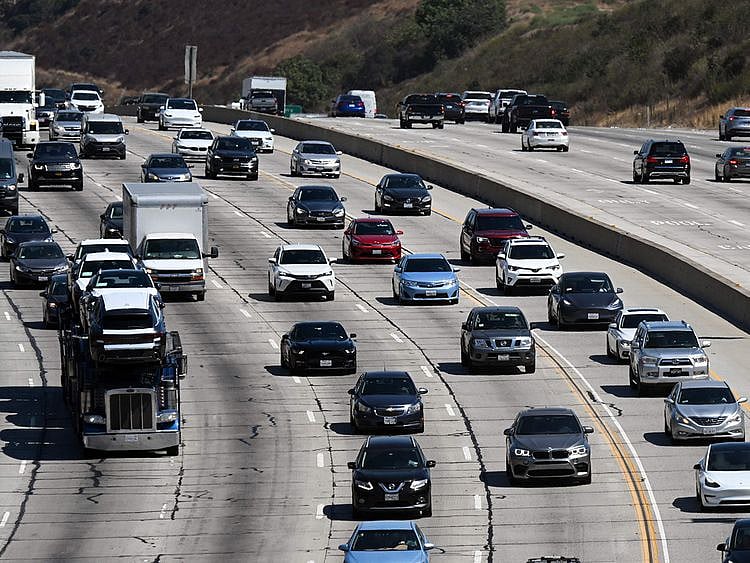California says new cars must be zero emission by 2035
State takes 'nation-leading' step to slash pollutants that cause global warming

Los Angeles: California ruled Thursday that all new cars sold in America’s most populous state must be zero emission from 2035, in what was billed as a “nation-leading” step to slash the pollutants that cause global warming.
The widely-touted move has been hailed by environmentalists, who hope it will prod other parts of the United States to quicken the adoption of electric vehicles.
The rules, announced by the state’s air resources board, demand an ever-increasing percentage of new cars sold to California’s 40 million inhabitants produce no tailpipe pollutants, until their total ban in 13 years’ time.
“The timeline is ambitious but achievable: by the time a child born this year is ready to enter middle school, only zero-emission vehicles or a limited number of plug-in hybrids (PHEVs) will be offered for sale new in California,” California Air Resources Board said in a statement.
The board, which was tasked with finding a way to implement Governor Gavin Newsom’s order to transition the state’s automotive sector, said the environmental and health benefits would be significant.
“By 2037, the regulation delivers a 25 per cent reduction in smog-causing pollution from light-duty vehicles.
“This benefits all Californians but especially the state’s most environmentally and economically burdened communities along freeways and other heavily traveled thoroughfares.
“From 2026 through 2040 the regulation will result in cumulative avoided health impacts... including 1,290 fewer cardiopulmonary deaths, 460 fewer hospital admissions for cardiovascular or respiratory illness, and 650 fewer emergency room visits for asthma.”
Sign up for the Daily Briefing
Get the latest news and updates straight to your inbox
Network Links
GN StoreDownload our app
© Al Nisr Publishing LLC 2025. All rights reserved.